Did you know that consistent physical activity can increase serum testosterone by up to 25% in some aged men? That’s not just a boost—it's a game-changer for muscle mass, fat loss, mood, and long-term wellness!

- What You'll Learn:
- How exercise and testosterone are interrelated
- The impact of resistance exercise, interval training, and physical activity on testosterone levels
- The effectiveness of natural testosterone supplements
- Tips for aged men to enhance testosterone production
- Myth busting: Ejaculation, gym practices, and hormone levels
Revealing the Surprising Link Between Exercise and Testosterone
"Did you know that consistent physical activity can increase serum testosterone by up to 25% in some aged men?"
Exercise and testosterone share one of the most influential relationships when it comes to men’s health, especially as we age. Physical activity not only preserves but actively elevates testosterone level—a crucial sex hormone for everything from bone density to libido and mental acuity. Research reveals that aged men practicing regular resistance exercise or interval training can experience sharp rises in serum testosterone, sometimes as much as 25%. Unlike younger men whose hormone levels tend to be naturally higher, older men or those with low testosterone see the biggest wins from specific types of exercise.
The remarkable effect on testosterone concentrations isn’t just about feeling more energetic or shedding fat mass—it’s directly tied to a decreased risk of cardiovascular disease, improved muscle mass, and lower fat mass. Not every type of exercise delivers these benefits equally. As you’ll see, resistance exercises (think squats, leg press, deadlifts) and high-intensity interval training (HIIT) stand out as the quickest ways to drive hormone production. But does the gym routine need to be extreme? And do natural testosterone supplements help, or are they just another trend? Let’s break down the science and practical strategies that help aged men and those struggling with low testosterone regain vitality and optimized health benefits.

Understanding Exercise and Testosterone: Foundations
What Is Testosterone and Why Does It Matter?
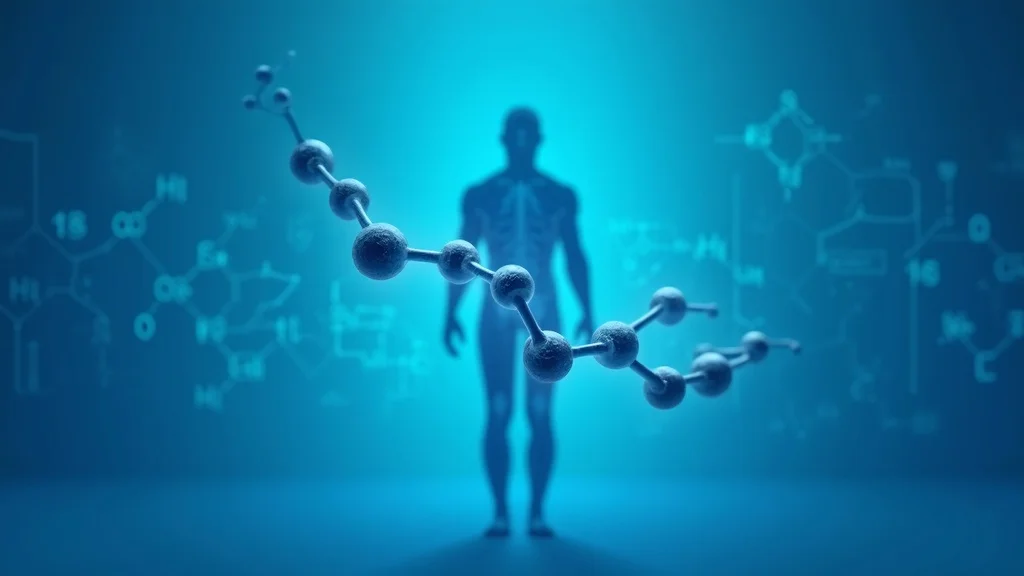
Testosterone is the primary male sex hormone responsible for regulating muscle mass, fat mass, bone density, and sexual health. Beyond physical traits, it powers mood, motivation, and even cognitive function. As men age, natural testosterone production tends to wane, leading to challenges such as decreased energy, increased fat mass, loss of muscle, and, for many, declines in sexual health. Low testosterone is increasingly common among aged men, making proactive steps to counteract this decline all the more important.
But why does this hormone matter so much? Because maintaining healthy testosterone concentrations directly shapes the outcomes of your exercise training, weight loss, and overall fitness level. The difference isn’t just about looking fit—it's about experiencing the kind of health benefits that reduce disease risk, sharpen your mind, and improve your quality of life. That’s why understanding how exercise influences testosterone and vice versa is the foundation for effective wellness strategies, especially for older men confronting age-related hormonal changes.
How Physical Activity Influences Testosterone Levels
"Testosterone plays a vital role in muscle strength, mood, and sexual health, particularly as men age."
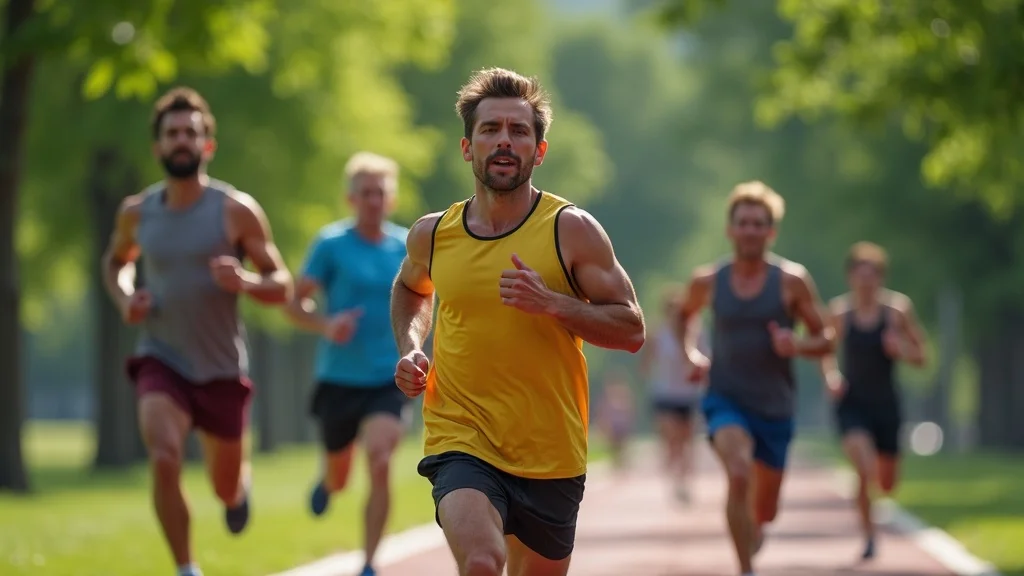
Various forms of physical activity deliver measurable benefits to testosterone level and overall well-being. When you engage in structured resistance exercise or high-intensity workouts, your body responds with both immediate and long-term increases in serum testosterone. This acute change is especially powerful after compound movements (like squats or deadlifts) or short, explosive sprints—precisely the tiers of exercise proven to impact hormone production most. For aged men, this means every workout can bring not only improved muscle mass but also vital hormonal renewal.
However, not all exercise delivers equal results. While aerobic exercise—like treadmill running—has numerous health benefits, its effect on testosterone concentrations is limited compared to resistance or interval training. The intensity exercise brings is what sparks hormonal shifts. The major takeaway: to get the biggest boost in testosterone concentrations, exercise intensity and the type of workout matter. For both older men and younger men, this focused approach can slow the decline of serum testosterone and amplify the effects of natural testosterone supplements.
Types of Exercise That Influence Testosterone Levels
Resistance Exercise and Its Impact on Testosterone Production
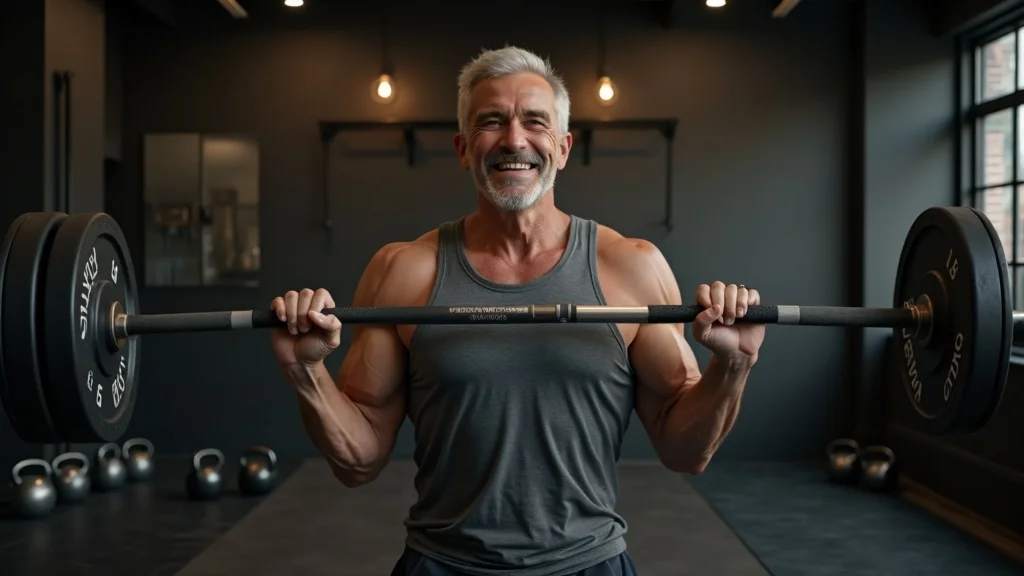
Resistance exercise stands out as a proven catalyst for ramping up testosterone levels in both aged men and young adults. Movements like leg press, bench press, and weight exercises that target multiple large muscle groups ignite an acute change in hormone concentrations almost immediately after the workout. What makes resistance training so potent? It’s the intensity and the mechanical tension placed on muscle, signaling the body to produce more testosterone to support recovery, growth, and adaptation.
For men experiencing low testosterone, especially older men, incorporating regular resistance exercise means not only preserving muscle mass but actively stimulating testosterone production. The benefit extends beyond the gym: lower fat mass, improved bone density, and even sharper cognition. But it’s important to alternate high-intensity with recovery days. Overdoing it can backfire, leading to chronic stress and potentially suppressing serum testosterone concentrations. Smart, structured weight exercise routines thus hold the key for optimal hormone health.
The Role of Resistance Training for Aged Men
Older men naturally see a gradual decline in testosterone concentrations as part of the aging process, but this trajectory isn’t set in stone. Research confirms that aged men who practice consistent resistance training experience some of the most dramatic improvements in both muscle mass and testosterone levels. With the right program, a man in his 50s, 60s, or even 70s can see their serum testosterone respond just like that of someone much younger.
The benefits go beyond aesthetics. Reduced fat mass, increased strength for daily living, and mitigation of age-related health risks become tangible outcomes. It's critical, however, for aged men to work within their fitness level and prioritize good form over sheer intensity. Exercises like squats, deadlifts, and even moderate leg press challenge the body just enough to prompt an uptick in testosterone without causing joint strain. Combined with a holistic approach that includes proper nutrition and sleep, resistance training offers a foundational tool for healthy aging and robust hormone production.
Interval Training: Can It Skyrocket Testosterone Level?
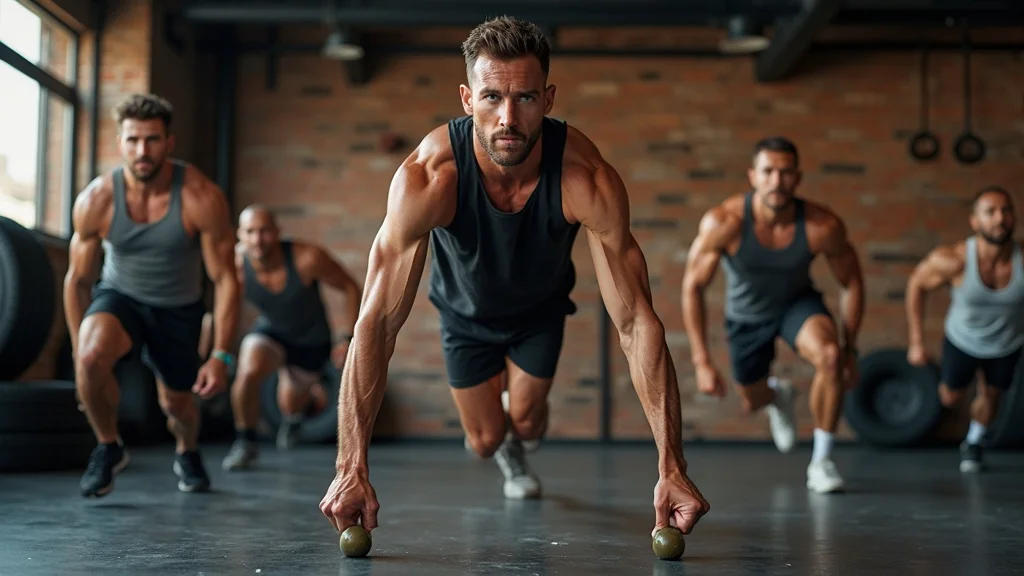
Interval training—especially HIIT (High Intensity Interval Training)—is one of the most effective types of exercise for spiking testosterone concentrations quickly and efficiently. Unlike steady-state aerobic exercise, interval training alternates between intense bursts of physical activity (like sprints or burpees) and periods of rest or low activity. This pattern creates powerful surges in both heart rate and testosterone level, regardless of age.
The science is compelling: men who regularly engage in interval or circuit training report greater acute change in serum testosterone compared to those who stick solely to endurance or low-intensity workouts. Not only does HIIT burn fat mass and improve cardiovascular health, but it also optimizes hormone production in a way that is sustainable and adaptable across different fitness level and age brackets. For aged men, interval training—done safely and progressively—can help reverse years of hormone decline and restore vitality.
- List: Exercises with the Greatest Impact on Testosterone
- Squats
- Deadlifts
- Sprints
- HIIT circuits
- Bench Press
Serum Testosterone: Science Behind Hormone Fluctuations
How Different Intensities of Exercise Alter Serum Testosterone
| Exercise Type | Approximate Increase in Serum Testosterone (%) |
|---|---|
| Resistance Training | 10–20 |
| Interval Training | 8–15 |
| Endurance Cardio | 0–5 |
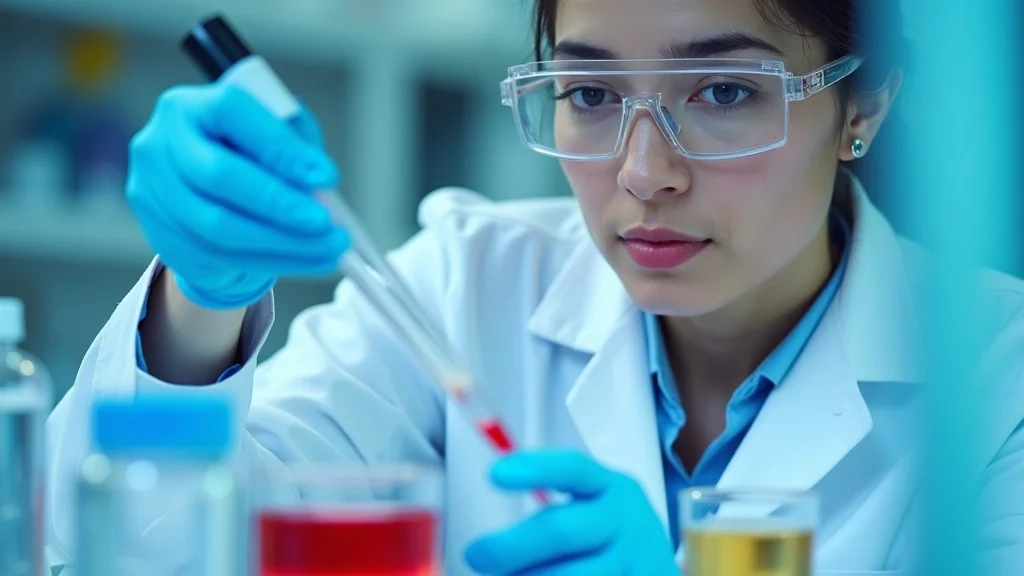
When it comes to serum testosterone fluctuations, both the type of exercise and its intensity play pivotal roles. As shown in the table above, resistance training can produce increases between 10–20% in serum testosterone, while interval training delivers a solid 8–15%. Endurance or aerobic exercise, though critical for cardiovascular and metabolic health, yields rather modest results in terms of hormone production—generally under 5%.
The underlying mechanisms relate to how physical stress, mechanical load, and metabolic demand stimulate hormonal pathways. Intensity exercise—like lifting heavy weight or short explosive efforts—forces the body to signal for greater testosterone production to repair and build new muscle. Notably, these acute changes don’t last forever; they’re most pronounced immediately following exercise, which is why consistent routines are vital. So, if maximizing testosterone is your goal, a balanced routine emphasizing resistance and interval formats offers the best outcome for both serum testosterone and long-term wellbeing.
Boosting Testosterone Production Naturally—Is Exercise Enough?
Lifestyle Factors Beyond Physical Activity

While exercise and testosterone go hand in hand, true hormone optimization requires more than what happens during your workout. Nutrition (especially adequate protein, healthy fats, and micronutrients like zinc), sleep quality, body composition, and even stress management are critical factors that regulate testosterone concentrations. For instance, aged men who combine resistance exercise and balanced nutrition—favoring whole foods over processed—enjoy greater sustained rises in testosterone level and improved fat mass management.
Another underestimated factor is recovery. Overtraining or chronic sleep deprivation can suppress serum testosterone, undoing the gym’s benefits. Integrating healthy lifestyle habits, such as stress reduction techniques and regular, quality sleep, sets the stage for maximum hormone production. This holistic approach is especially vital for older men, where resilience and recovery are naturally compromised. Simply put, exercise is a powerful lever—but not the entire machine. Combining all aspects of healthy living unlocks the best results.
Why Natural Testosterone Supplements Outperform Synthetic Options
"Natural supplements, when combined with exercise, can maximize testosterone production without harmful side effects."
The rise of natural testosterone supplements offers a science-backed, safer alternative to synthetic hormone replacement. While testosterone replacement therapy (TRT) can rapidly elevate hormone levels, it often comes with risks: dependence, cardiovascular disease, and potential hormonal imbalances. Instead, natural supplements work synergistically with resistance exercise and interval training, supporting the body’s own testosterone production with nutrients, botanical extracts, and adaptogens.
When aged men integrate effective natural supplements into an already healthy lifestyle and structured weight exercises, they experience compounded benefits—higher serum testosterone, more muscle mass, reduced fat mass, and even better moods. Importantly, the side effect profile is minimal, and results are more sustainable over the long term. As we’ll explore later in our recommended products, choosing science-backed, premium natural supplements can be the tipping point for those seeking meaningful improvements in hormone health without pharmaceutical drawbacks.
People Also Ask About Exercise and Testosterone
Does exercising increase testosterone?
Yes, studies demonstrate that consistent physical activity, particularly resistance exercise, can elevate testosterone levels by increasing hormone production and reducing stress-induced hormonal suppression.

Which exercise will 100% increase testosterone?
No single exercise guarantees a 100% increase in testosterone. However, compound movements like squats and deadlifts, as well as high-intensity interval training, consistently boost testosterone levels the most.
Do gym guys have high testosterone?
While regular gym-goers often exhibit higher testosterone due to active lifestyles and greater muscle mass, genetics and overall health also play critical roles.
Does not ejaculating for 7 days increase testosterone?
Current scientific evidence does not support significant, long-term rises in testosterone from abstaining. Increases, if any, are short-lived and minimal compared to the effects of exercise.
Myth-Busting: Common Misconceptions About Exercise and Testosterone
- List of Myths Debunked:
- More exercise always equals higher testosterone
- Only young men benefit from increased testosterone
- Supplements are unnecessary if you exercise

It’s easy to get swept up in blanket advice and myths about exercise and testosterone. Some wrongly believe that simply exercising more and more will endlessly raise hormone levels; in reality, too much intensity exercise, without proper rest, can lower testosterone and lead to exhaustion. Another misconception is that only younger men gain from pursuing higher testosterone concentrations, when in truth, aged men often stand to benefit most.
Finally, dismissing the value of natural testosterone supplements is shortsighted. While exercise remains the most direct way to prompt testosterone production, adding the right supplement, especially as you age, fortifies your body’s natural hormone pathways and guards against nutritional gaps. Understanding the science—and avoiding the hype—is key to seeing real results safely, sustainably, and confidently.
FAQs About Exercise and Testosterone
-
Can women benefit from increased testosterone through exercise?
Yes, women naturally have lower testosterone concentrations, but moderate increases through resistance exercise can improve bone density, energy, and muscle tone safely, provided programs are tailored to individual needs. -
How soon do testosterone levels rise after starting an exercise routine?
Testosterone level can show acute change after a single intense workout, but lasting increases become measurable after several weeks of consistent exercise—particularly with resistance and interval training. -
Are natural supplements safe for long-term use?
Most natural testosterone supplements, when chosen from reputable sources and used as directed, are safe for long-term support. Always consult your physician, especially if you have health conditions or take other medications. -
Does overtraining lower testosterone?
Yes. Chronic, excessive exercise without appropriate recovery can suppress testosterone production, increase injury risk, and impair immune function. Balance is critical for optimal results.
Key Takeaways on Exercise and Testosterone
- Resistance exercise and interval training are top methods to boost testosterone levels fast
- Natural testosterone supplements enhance the benefits of exercise
- Aged men significantly benefit from combined interventions
- Myths about testosterone often obscure science-backed strategies
Animated explainer showing exercise routines (resistance, interval) with overlays of rising testosterone molecule icons and supplement packaging, narrated walkthrough of best practices and lifestyle tips, visually professional and engaging.
Elevate Your Hormone Health: Natural Testosterone Supplement
Ready to naturally enhance your testosterone production? Discover TMAXXPro: the premium, scientifically-backed supplement for optimized exercise results.
Visit Official Website
Conclusion: For the fastest, science-backed boost in hormone health, combine intentional resistance exercise and interval training with natural testosterone supplements—unlocking renewed energy, vitality, and confidence at any age.
 Add Row
Add Row  Add
Add 

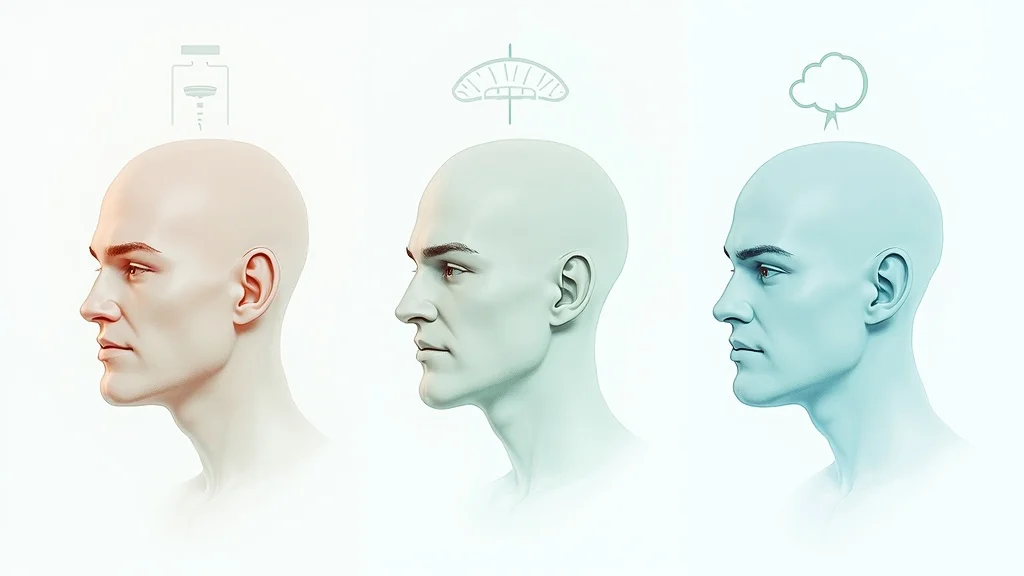


Write A Comment